The Wonder and Mystery of the Largest Pyramids in the World
The pyramids of Egypt often spring to mind when discussing the world's great wonders. People are still in awe of these huge structures, which were built thousands of years ago and continue to stand tall.
But did you know that there are pyramids in other countries besides Egypt? There are pyramids in other nations, some of which are significantly larger than those in Egypt. We will look at the world's greatest pyramids in this article.
Ancient structures known as pyramids were built as tombs or memorials for kings, queens, and pharaohs. Although Egypt is home to the most popular pyramids in the world, there are other pyramids scattered throughout the world. Massive stones were used to construct the pyramids, and it is amazing how humans from long ago were able to build them without the aid of modern technology.
In this article, we'll study the largest pyramids in the world up close and discover its significance, history, and style of construction.
The Largest Pyramids in the World
The Great Pyramid of Cholula, Mexico
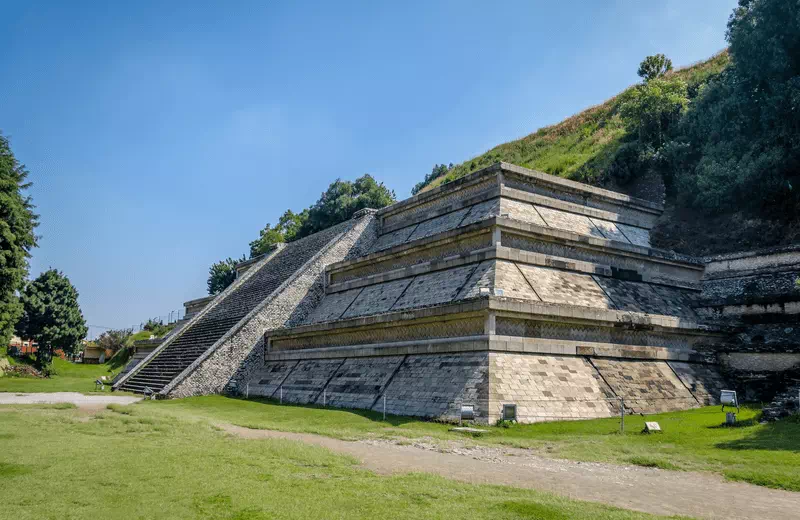
The largest pyramid in the world, the Great Pyramid of Cholula, is located in Mexico. A different name for it is Tlachihualtepetl, which translates to "man-made mountain." It is thought that the pyramid, which stands 55 meters high and 400 meters broad, was constructed somewhere between the third and ninth centuries BCE. Four levels and adobe bricks were used to build the pyramid. The temple that had been erected atop the pyramid was demolished by the Spanish, who replaced it with a church. The Pyramid of Cholula is the world's largest pyramid in terms of volume.
The Great Pyramid of Giza, Egypt
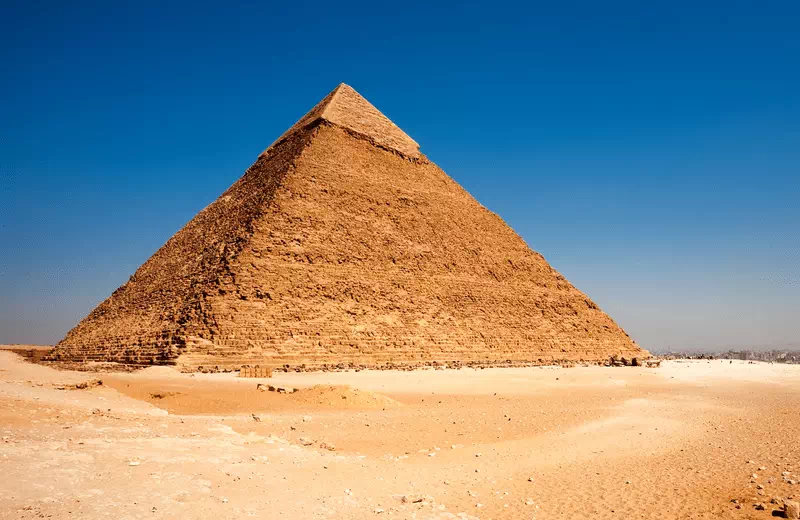
The only remaining instance of the Seven Wonders of the Ancient globe, the Great Pyramid of Giza, is the most popular pyramid in the whole the world. It was constructed for Pharaoh Khufu in Egypt around the 26th century BCE. For more than 3,800 years, the 147 meters (481 feet) tall pyramid held the record for the highest man-made building in the world. Over 2 million limestone blocks were used to build the pyramid, and it is still unknown how the ancient Egyptians were able to construct such a sizable structure.
The Pyramid of the Sun, Mexico
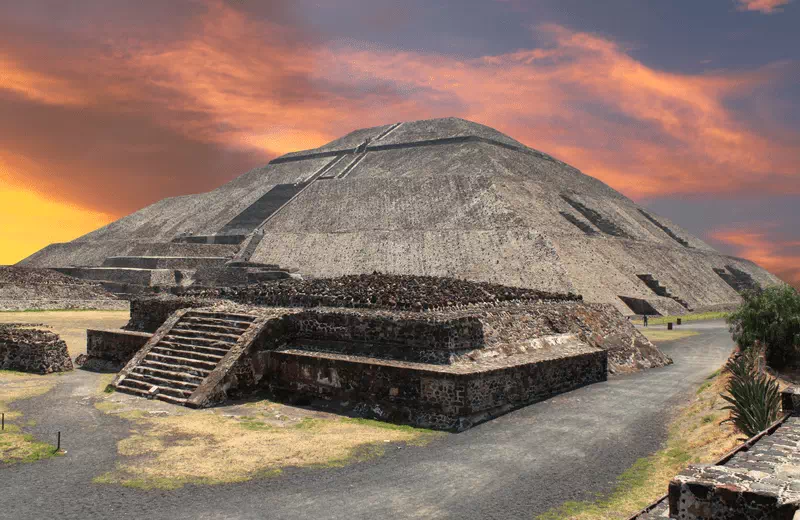
About 30 miles northeast of Mexico City, in Teotihuacan, Mexico, stands The Pyramid of the Sun, a Mesoamerican pyramid. With a height of 216 feet (66 meters) and base dimensions of 738 feet (225 meters), it is one of the largest structures of its sort in the Americas.
Between the first and seventh centuries AD, the pre-Columbian city of Teotihuacan experienced great prosperity. The ancient Teotihuacan inhabitants are supposed to have utilized the Pyramid of the Sun for religious and ceremonial purposes. It is estimated that the Pyramid of the Sun was constructed about 200 AD.
A significant archaeological attraction and popular tourist destination is the Pyramid of the Sun. For a wonderful viewpoint of the surroundings, visitors can go to the pyramid's top. Other ancient structures on the property include the Avenue of the Dead, the Temple of the Feathered Serpent, and the Pyramid of the Moon.
The Pyramid of Khafre, Egypt
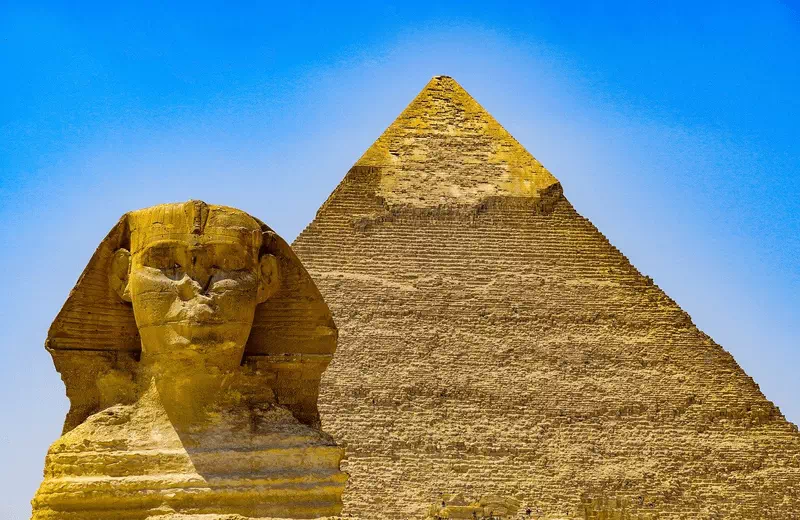
One of the three principal pyramids on the Giza plateau in Egypt is the Pyramid of Khafre, which is also known as the Pyramid of Chephren. With a height of 136 meters (446 feet), it is the second-largest pyramid at Giza and dates back to the Old Kingdom, between 2558 and 2532 BCE.
The greatest pyramid at Giza was built by the famous Pharaoh Khufu, whose son, Pharaoh Khafre, erected the pyramid as a tomb. The bottom portion of Khafre's pyramid is coated with polished limestone, while the higher portion is composed of coarser stone. Khafre's pyramid is constructed of limestone and granite.
The pyramidion, or capstone, which is made of solid granite and would have been extremely visible in ancient times, is one of Khafre's pyramid's most outstanding features. The pyramidion is no longer present, but the remainder of the structure still survives as evidence of the ancient Egyptians' inventiveness and ability.
The Great Sphinx, which is believed to have been constructed during the reign of Khafre, is one of the several smaller pyramids, temples, and other buildings that surround the Pyramid of Khafre. The complex has long been a place of prayer and pilgrimage, and it is still a significant cultural and historical monument in Egypt.
The Secret of the Pyramid
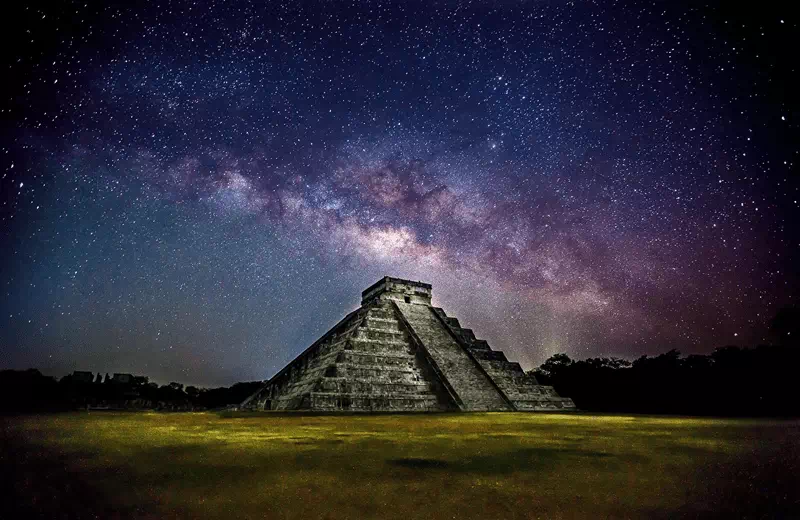
Over the years, a lot of people have become fascinated by the mystery surrounding The Secret of the Pyramid. Though many theories have been put forth, none have received definite evidence. Here are some potential scenarios:
Khufu the Pharaoh was buried inside the Pyramid. Egyptologists generally subscribe to this concept, but some think the Pyramid may have had other purposes as well.
Astronomical observations may have been made from the Pyramid. According to some researchers, the Pyramid may have served as an observatory or calendar since it was in alignment with specific celestial planets.
It's possible that the Pyramid had religious significance. Some people think that the Pyramid served as a representation of the pharaoh's authority and that it may have been utilized in religious rites or celebrations.
It's possible that the Pyramid served as a location for scientific research. Some people think that the Pyramid was used for physics, engineering, or mathematical experiments.
The Pyramid's real purpose may never be fully understood, but it will always stand as a testament to the architectural and technological might of ancient Egypt.
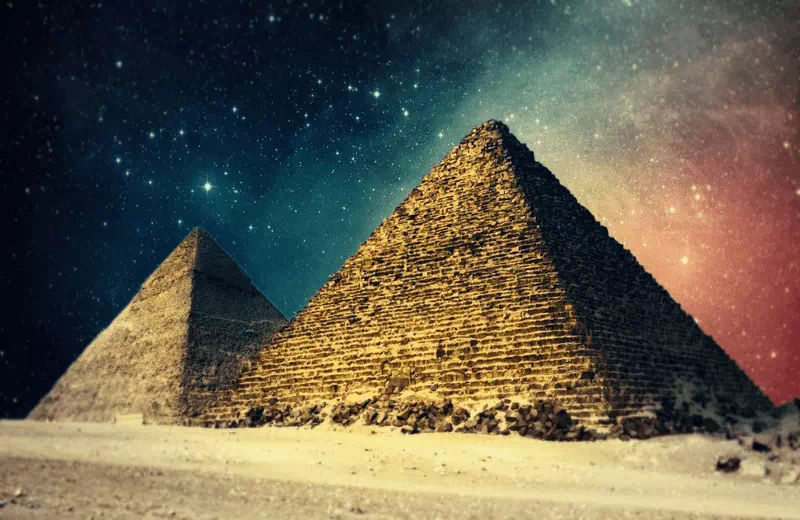
FAQs About the World's Largest Pyramids
What is the World's Largest Pyramid?
The largest pyramid in the world is considered to be Egypt's Great Pyramid of Giza. It was constructed more than 4,500 years ago and is 147 meters (481 feet) tall. The pyramid was initially encased in white limestone casing stones, and it today consists of over 2.3 million stone pieces, each weighing about 2.5 tons. One of the most popular and widely recognized sites in the world is also known as the Pyramid of Khufu or the Pyramid of Cheops.
Note : The Pyramid of Cholula, Mexico is the world's largest pyramid in terms of volume.
How Were the Pyramids Built?
Even now, the way the pyramids were built is a mystery. It is thought that the large stones were moved into position by the ancient Egyptians using sledges and ramps. On how the stones were transported to the pyramids' top levels, nevertheless, there is still some disagreement.
In Egypt, How Many Pyramids Are There?
There are more than 100 pyramids in Egypt, but the three pyramids at Giza are the most popular.
Do the United States Have Any Pyramids?
Pyramids do exist in the United States. The most famous is the pyramid-shaped Luxor Hotel and Casino in Las Vegas.
Why Were the Pyramids Built?
The ancient kings, queens, and pharaohs used the pyramids as monuments or graves. The pyramids were created to guarantee a smooth transition since it was thought that the pharaohs would live on in the afterlife.
How Long Were the Pyramids Constructed?
The pyramids were built over a period of several years, perhaps even decades. For instance, the construction of the Great Pyramid of Giza took more than 20 years.
Conclusion
Pyramids are among the most interesting memorials constructed by ancient civilizations. The world's highest pyramids are found in Mexico and Egypt, and they continue to inspire wonder and awe to this day. The pyramids, despite their size and antiquity, remain a mystery, and we can only imagine the engineering feats and cultural significance that went into their construction.
Take your time and enjoy the beauty and history of the greatest pyramids in the world if you ever get the chance to see them.










